Croatian economy's performance in 2023 was very good compared to most other EU member states. Economic growth expectations currently stand between 2.1% and 2.8%, substantially above the EU average, and coupled with continued declining inflation and unemployment rates. Croatia successfully avoided all recession threats related to energy prices and general inflation shocks, which largely happened due to euro adoption and Schengen accession in 2023, and a successful use of EU funds which were mobilized from different sources including Recovery and Resilience Facility. Also, government implemented social policy buffers which isolated those mostly in need, such as pensioners with low pensions, from price shocks.
Banks contributed to Croatia's resilience and growth in 2023. With total capital ratio of 22.1% as of mid 2023, Croatian banks are among the top banking systems with the highest capitalization in Europe. Cost income ratio of 37% makes Croatian banks very efficient in international comparisons, and liquidity coverage ratio LCR of 230% positions it among the banking systems with thick liquidity buffers. Such characteristics muted exogenous interest rate shocks at time of the fastest rise of key ECB interest rates in history.. Growth of deposit and lending interest rates during 2023 in Croatia was slower than on the average across the Euro Area, so the interest rate passthrough onto Croatian companies and households was moderate. It facilitated continued economic growth based on personal consumption and investment.
However, as we approach the end of 2023, risks to the continued growth scenario begun to unfold. After a challenging 2023, a more challenging 2024 lies ahead. Firstly, we expect the exports contraction to continue as it reflects weak output growth or even cyclical decline in Croatia's major trading partners, led by Germany. Nevertheless, tourism, which is very important for Croatia, performed well in the third quarter. Impact on 2024 activity will depend on the resilience of Central European economies i.e., their ability to avoid recession or recover from short-term recession which is, at present, most strongly felt in Hungary, Austria and Germany.
Secondly, we sense the delayed effect of higher euro money market interest rates on growth of banks' interest rates in Croatia. Government offered, and will continue to offer bonds with higher interest rates to retail customers, which is a project strongly supported by banks. It speeded up the interest rate transmission and will continue to do so in the near future, which will finalize interest rate passthrough in the coming months. However, we see no risks to the financial stability and quality of banks' placements as NPL ratio stands at moderately low 2.1% (EBA definition as of end June 2023). Indebtedness ratios are low for both households and corporates, and most customers, especially in retail, were able to raise new debts at fixed interest rates in the last several years while the interest rates were around historical minimums. This prudent behaviour of both lenders and borrowers alleviated passage of recent interest rate shocks onto consumers, helping sustain their current consumption which is critical for robustness of economic activity, as personal consumption represents around 60% of GDP.
With such muted impact of tighter monetary policy, continued use of EU funds, and a tight labour market with declining unemployment, we see Croatia on the solid footing for continued economic growth in 2024. In particular, wage growth is still strong, with real wages recovering in line with slowing inflation at rates around 5% per annum. Consumer lending, which currently grows at rates around 8% year-on-year, provides additional stimulus for personal consumption growth between 2 and 3% in real terms, which will probably continue in 2024. And banks, with their substantial capital and liquidity buffers described previously, support corporate investment which begun to recover after pandemic in light of optimistic expectations about Croatia's continued convergence i.e., growth of real GDP per capita towards the EU average. The only segment where somewhat slower growth may occur in 2024 is real estate, as prices of houses and apartments reached high levels on the verge of affordability for broader population segments. Housing lending is still growing at rates between 9 and 10% per year, but we see cooling off as a healthy process which may help Croatia avoid classical real estate bubble. In this sense, higher interest rates are welcome.
Croatia was a latecomer to the EU (it joined in 2013) and it took several years to overcome initial shocks of emigration after labour market integration and recovery from long recession of 2009-2014. However, from late 2010s, Croatia managed to gain growth momentum, successfully managed the pandemic shock and inflation after-shock, and in 2022 Croatia managed to reach 73.8% of EU average GDP per capita at purchasing power standard. It is higher level than in Bulgaria, Greece, Latvia and Slovakia. This year we expect the same indicator to be around 75%, with continued convergence towards 80% in the second half of this decade. Sound, stable and liquid banks will continue to play their positive role in this growth and convergence process.












.png)